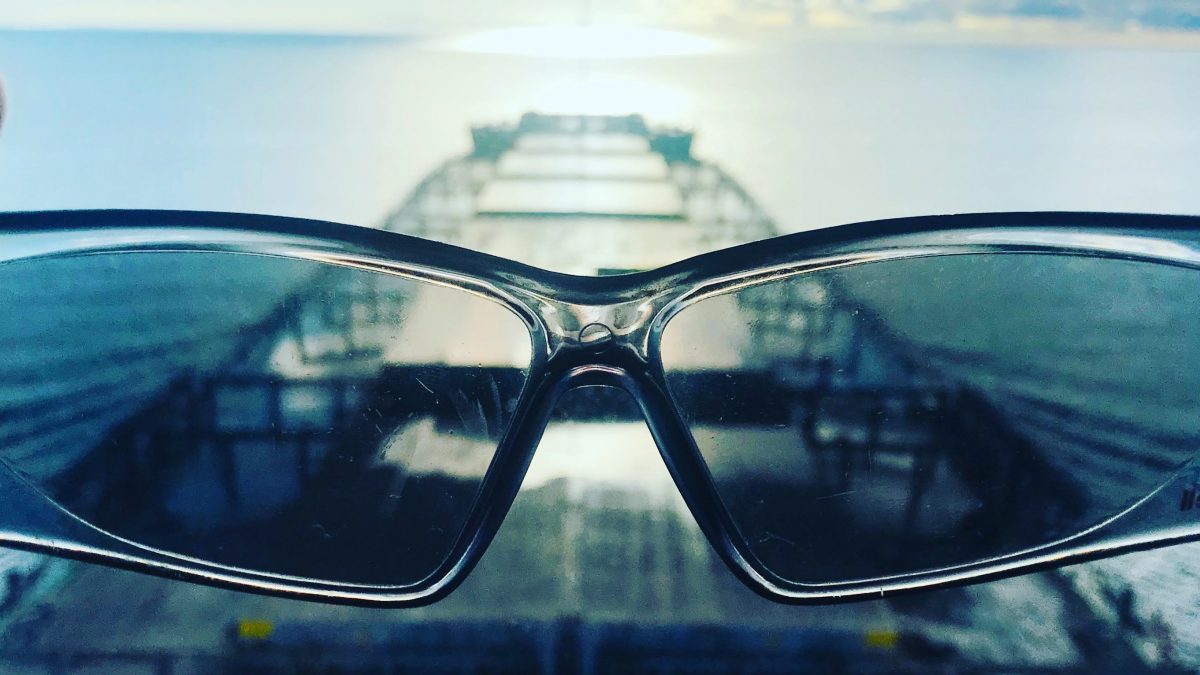Hold cleaning standards you should know about
June 28, 2021That constant lament which never ends!
August 30, 2021
Hatch Covers are probably one of the most critical items which requires optimum performance as far as the safe carriage of cargoes is concerned. The hatch cover not only forms an essential part of loadline items onboard but also ensures that cargo is carried in a safe and sound manner so that cargo claims can be avoided.
Let us discuss today the nine major things which you should never overlook in case of Hatch covers.
Let us begin.


-
Permanent setting down of gaskets
If you think that – tighter the hatch cover is sitting results in tighter seal then you are seriously mistaken my friend. The hatch cover is designed to be closed with steel-to-steel contact. For a newly, installed hatch cover with newly installed packings and gaskets it is very much impossible to achieve a compression of more than 25-30% on the gaskets. So, in a nutshell, if a solid steel-steel contact has been achieved nothing can be achieved by over tightening the cleats. Over tightening only results in permanent compression of gaskets and nothing more. This results in losing the sealing property. Over compression may also occur when contact faces of the steel have worn out – a typical sign in older ships. In this case, renewing gaskets is of no use, until the full depth of the steel has been re built. Note that, gaskets are designed to withstand a certain life-span and hence should be inspected carefully and renewed accordingly. The gaskets shall always be purchased from the authorized supplier and shall be of approved type to be used with the hatch cover fitted. The best way is to order using the part number mentioned in the Hatch Cover Maintenance Manual. It is unwise to insert short length of new gaskets while renewing. Whenever possible, the entire length shall be renewed.
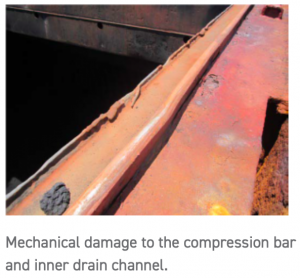
-
Damaged or corroded compression bars
Compression bars shall always be checked for any damage, buckling, crack or unevenness. Damage shall always be corrected with runs of welding, buffed to achieve a smooth and even finish. The best way to prevent damage to compression bar (in case of side rolling hatch covers) is to open the hatch covers fully in order to prevent any damage by crane wires and grabs while working cargo in the holds.
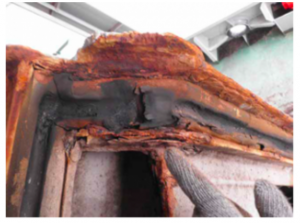
-
Damaged or corroded retaining channels
Gasket retaining bars are usually 8mm thick and hence gets easily corroded over a period of time. The problem is if the retaining channels are not in proper condition – the gasket will not retain its intended cross section and there can be likelihood of leakage.

-
Blocked drain holes, channels and pipes
This is one of the main reasons for many claims on perishable cargoes (such as grain ) have existed in the past. A blocked drain, channel or pipe would almost always result in water spilling over the cargo spaces instead of draining out. Drainage/Channels on the hatch coamings and between must always be cleaned as a matter of routine before the hatch is closed and secured and should be kept painted. Non-returning valves (Hatch NRV’s) shall always be cleaned and blown through

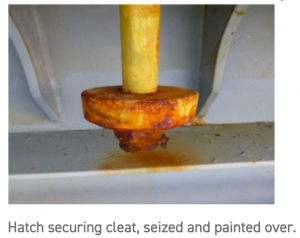
-
Cleating devices
The cleats are designed to withstand the dynamic forces on the hatch cover. The design of cleats could be different for different hatch covers. The cleats are exposed to heavy use and hard wear and tear. They should be regularly inspected and kept in good working order properly adjusted. Spare cleats shall be kept ready. Neoprene washers shall be renewed once they had lost elasticity and found to be deformed.
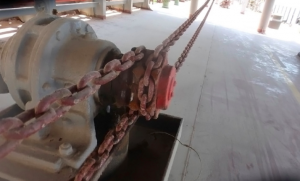
-
Connecting chains
On certain hatch covers the driving chains are subjected to repeated stretching when in service. The loose and hanging chains shall be correctly tightened in accordance with the manufacturers instructions
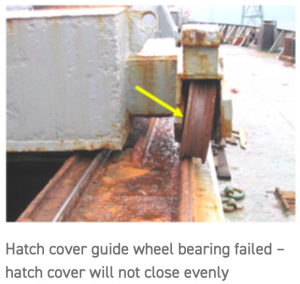
-
Hydraulic systems – moving parts
These include – leaking hydraulic jacks, slow moving parts and dirty filters in the pump unit. Dust and fine particles, mainly from cargo sources, are among the principle enemies of hydraulic systems. They result in lodging of jack seals and these items will eventually fail unless they are regularly overhauled, cleaned and renewed. Filters shall be regularly inspected and cleaned / renewed. Sample of hydraulic oil shall be landed to the oil supplier or testing lab atleast every 6 months.
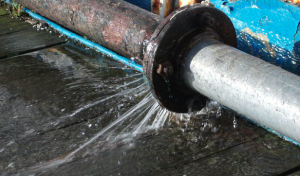
-
Hydraulic pipelines
Modern hydraulic systems operate at a pressure range of 400 bars. Badly corroded hydraulic lines may rupture under this kind of pressure and may be fatal to the personnel operating nearby. The failure of steel hydraulic piping as a result of corrosion, inadequate bracketing and vibration have considerably risen in older ships – only because of lack of preventive maintenance. The hydraulic line failure results in other concerns such as loss of expensive hydraulic oil, pollution, slip hazards delays because of inability to operate machinery. Hydraulic pipes shall be maintained by ensuring pipes are painted, rust free and by using Anti-corrosive tape (also called Densotape). Renewed length must be secured with brackets and same shall be cushioned with rubber gaskets. Hydraulic failure at the union between mild steel pipe and flexible hose are common. This can be reduced by using Denso tape.
-
Readiness of Emergency opening arrangement for Hatch cover
There might be a situation when nothing works and the only way forward is to engage on emergency hatch cover opening arrangement. Ship’s crew shall be well versed with the operation of such an arrangement and it shall be regularly tested in order to ensure correct working and crew familiarization with the equipment.
The above should be a part of initial inspection of ship whenever you are taking over as a Chief Officer or Master. Any defect noticed shall be included in the defect list and work plan should be chalked out accordingly after requisitioning correct spares. Hatch Cover maintenance manual or Original Manufacturer shall always be consulted when in doubt.
So these were the nine major things which you should always keep in mind when dealing with Hatch Covers.
Hope it helped you.
Wishing you fair seas and Bonn Voyage!
Follow us on –















